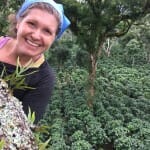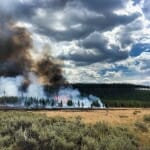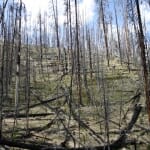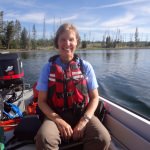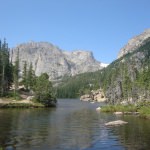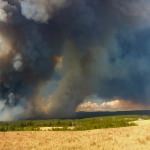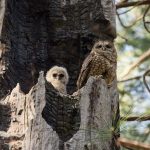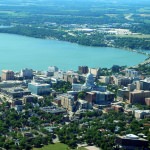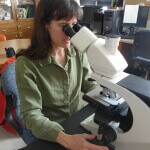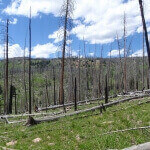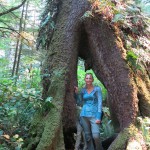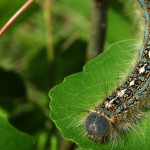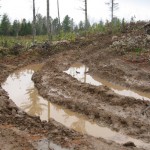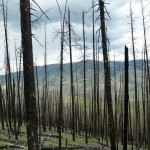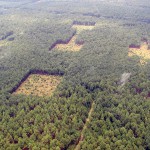Tag Forestry
UW–Madison biochemist wins prestigious forestry prize for discoveries that support sustainable energy and product innovations
UW–Madison biochemistry professor John Ralph has been awarded the forestry industry's top prize, alongside collaborator Wout Boerjan, a professor at Ghent University in Belgium, for their groundbreaking research on the molecular structure of lignin, one of the main components of plant cell walls.
Lightning strikes shape tropical forests
New UW–Madison research helps establish lightning as an environmental driver that may dictate what trees will make up tropical forests in the future.
All hands on deck to understand, predict, prevent abrupt ecological change
“It’s a generally thorny problem and we are often scrambling to react,” says lead principal investigator Monica Turner. “In fact, understanding abrupt change in ecological systems is among the biggest challenges in contemporary ecology.”
New study examines where and how climate change is altering species
A new study shows how and where changing climate conditions could affect the communities of species in any given area. In…
Thrive or fail: Examining forest resilience in the face of fires
“It’s not only western forests where these things matter, where disturbances and changing environments shape regional landscapes,” says Wisconsin researcher Monica Turner.
Giant forest fires exterminate spotted owls, long-term study finds
A UW–Madison research group has documented an exodus of owls following the fierce, 99,000 acre King Fire in California in 2014.
Spring comes sooner to urban heat islands, with potential consequences for wildlife
It may be music to gardeners’ ears, but that tune could be alarming to some native and migratory birds and bugs.
UW-Madison launches fifth MOOC of 2015, focused on forests and humans
If you aren’t in Wisconsin to see the colors change, don’t fear. Beginning Sept. 30 through Oct. 28, UW–Madison will launch its second-to-last Massive Open Online Course of the year, “Forests and Humans: From the Midwest to Madagascar.”
Munching bugs thwart eager trees, reducing the carbon sink
A new study published today [Monday, March 2, 2015] in Nature Plants shows that hungry, plant-eating insects may limit the ability of forests to take up elevated levels of carbon dioxide in the atmosphere, reducing their capacity to slow human-driven climate change.
Muddy forests, shorter winters present challenges for loggers
Stable, frozen ground has long been recognized a logger’s friend, capable of supporting equipment and trucks in marshy or soggy forests. Now, a comprehensive look at weather from 1948 onward shows that the logger’s friend is melting. The study, published in the current issue of the Journal of Environmental Management, finds that the period of frozen ground has declined by an average of two or three weeks since 1948.
Mountain pine beetles get a bad rap for wildfires, study says
Mountain pine beetles get a bad rap, and understandably so. The grain-of-rice-sized insects are responsible for killing pine trees over tens of millions of acres in the Western U.S. and Canada over the last decade. But contrary to popular belief, these pests may not be to blame for more severe wildfires like those that have recently swept through the region. Instead, according to a new study by UW–Madison zoology professor Monica Turner, weather and topography play a greater role in the ecological severity of fires than these bark-boring beetles.
Seed dispersal gets a test in carved-out ‘habitat corridors’
Field ecologists go to great lengths to get data: radio collars and automatic video cameras are only two of their creative techniques for documenting the natural world. So when a group of ecologists set out to see how wind moves seeds through isolated patches of habitat carved into a longleaf pine plantation in South Carolina, they twisted colored yarn to create mock seeds that would drift with the wind much like native seeds.
Conservation areas threatened nationally by housing development
Conservationists have long known that lines on a map are not sufficient to protect nature because what happens outside those boundaries can affect what happens within. Now, a study by two University of Wisconsin–Madison scientists in the department of forest and wildlife ecology measures the threat of housing development around protected areas in the United States.


